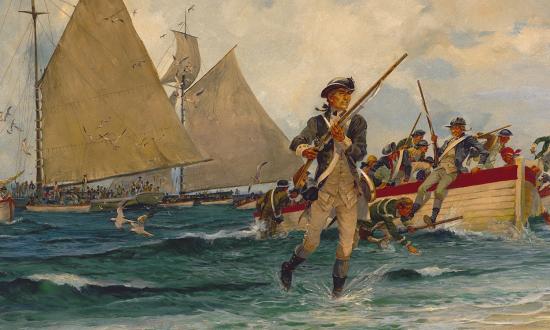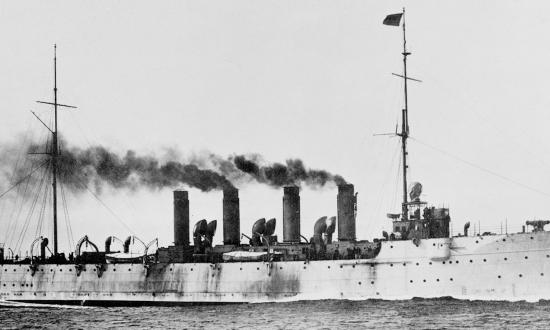August 1923 Proceedings—In “Why Don’t They Stay In?” Lieutenant O. O. Kessing, U.S. Navy, wrote, “Modern recruiting is a sales proposition. . . . The salesman lines up an applicant; with his whole personality and with all his naval experience to back him, he paints in glowing colors all the many advantages of the Navy; he dwells at length upon the advantages of a cruise in the Navy; he tells the prospect that he will have a CHANCE to learn a trade; he can start in at $21.00 per month and in sixteen years be retired, independent; he can travel.”
August 1973 Proceedings—In “Laser: The Light Fantastic,” Kurt R. Stehling wrote, “As an indication of overall Navy activities, it appears that about 250 to 300 laser-related projects are either completed, current, or planned. . . . Communications and ocean surface or bottom profilometry are obviously suited for laser applications, and various classified projects cover these areas. Since the Navy is very much interested and involved in guided missile operations, it is reasonable to conclude that . . . electro-optical guidance, display, countermeasures and interception systems are part of the Navy research and development repertoire.”
August 1998 Proceedings—“It is conceivable,” retired Marine Colonel James W. Hammond Jr. wrote in “We Are Products of 1898,” “that had the United States not fought and won the Spanish-American War, it might be just a super-rich version of Canada, isolated in North America. The war launched the United States on the road to international greatness. A century later, it is the foremost nation in the world. Those few hours at Manila and Santiago changed the history of the world. For the United States, it was changed for the better. . . . While Spain looked to the past, U.S. visionaries looked to the future and seized the opportunity for greatness.”
A. Denis Clift
Golden Life Member






